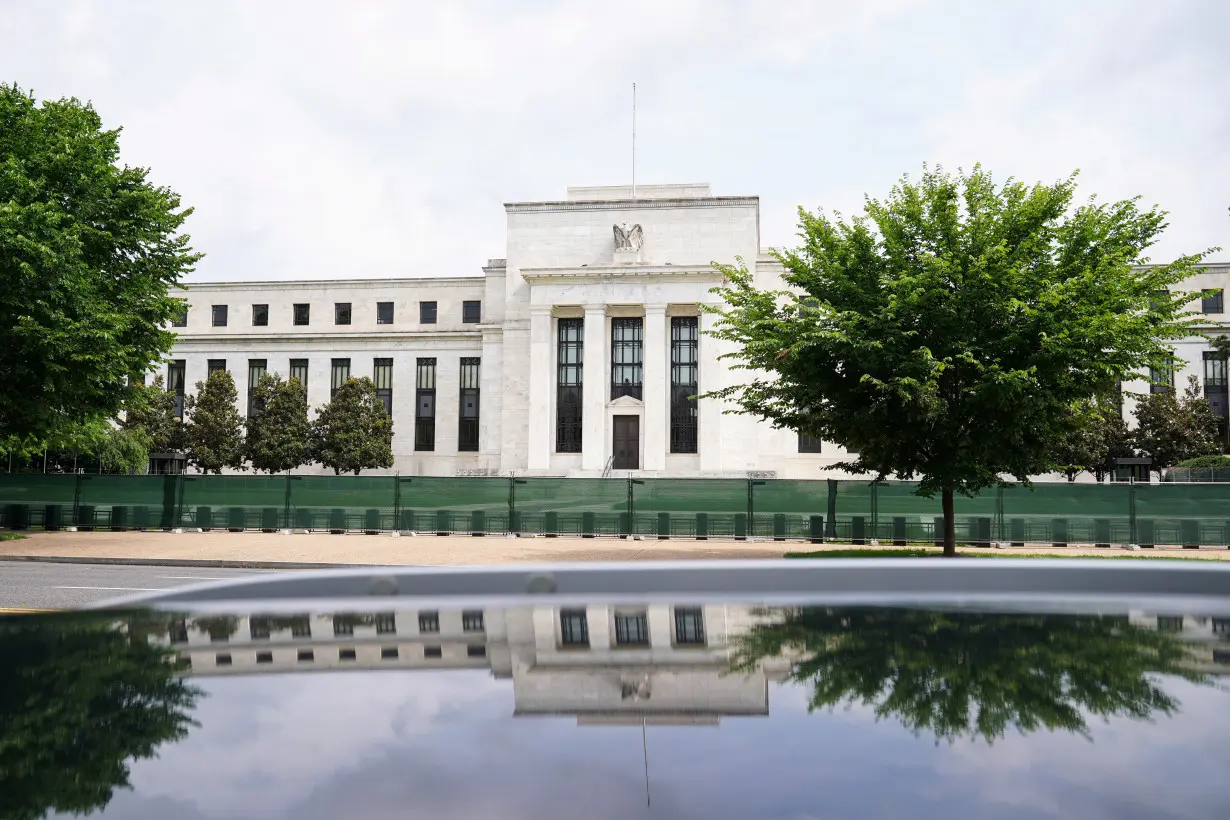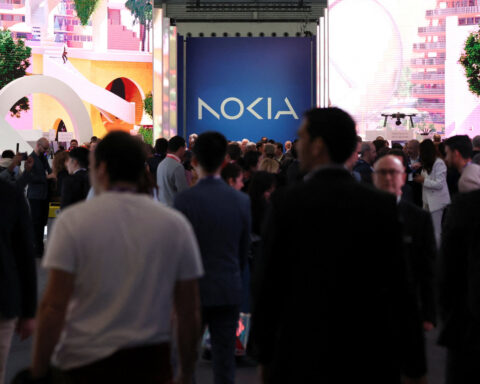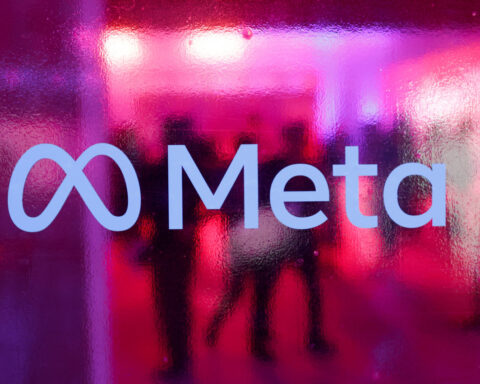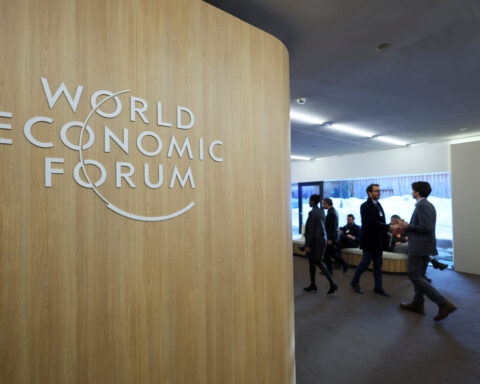By Howard Schneider
WASHINGTON (Reuters) - Inflation is nearing the Federal Reserve's 2% target, and the central bank is expected to begin cutting interest rates as soon as September.
While it may take a while for the pace of price increases to fall all the way to 2% - and policymakers will be sensitive to signs inflation is taking off again - the last chapter of the battle appears to be underway.
It was a disruptive period. But after a decade when inflation largely ran below the Fed's target, the overall price level in the U.S. economy is now not too far from where it would have been had the central bank hit its inflation goal month-by-month all along.
HOW BAD WAS IT?
It wasn't the worst bout of inflation the U.S. has experienced.
But it was bad and moreover it happened fast, with food prices skyrocketing, home prices stretching the limits of affordability, and an array of services like auto insurance still in the process of resetting higher.
The concern wasn't so much the price increase for any given category. Fed officials focus on the overall price level, not the relative cost among goods that rise and fall over time.
But when prices for the types of items consumers pay most attention to - gas, food and housing, for example - rise fast it can influence public psychology, and it's the need to control expectations that led the Fed to raise interest rates as fast as it did.
WILL PRICES DROP FROM HERE?
The bad news for consumers moving forward: Even if price increases have been tamed by and large, higher prices are here to stay. Price level shocks don't reverse, and even overall price drops from one month to the next are rare.
Economists would argue that it wouldn't even be healthy if they did, since deflation - a chronic drop in prices - can be even more corrosive to the economy than prices that rise too fast.
In fact guarding against deflation, and the falling wages and living standards that go with it, is why the central bank sets an inflation target to begin with.
The Fed's mandate from Congress is to keep prices "stable." While some have argued that implies no inflation, central banks globally feel a slow, steady rise in prices and wages - 2% is considered the norm for what amounts to background noise in the economy, though that is based more on intuition than formal modeling - keeps both households and businesses looking forward without distorting their decisions.
PCE VS CPI
The other bad news for consumers is that the Fed's target is set using what is known as the Personal Consumption Expenditures price index, a measure of inflation derived from the national income accounts used to calculate overall economic growth.
The Fed feels that the PCE index better reflects the general movement of prices throughout the economy.
The more broadly known measure, the Consumer Price Index, is calculated from a representative basket of consumer goods, and there are key differences between PCE and CPI.
For example, CPI puts a heavier weight on housing, which comes directly out of a household's budget, and less on medical care, which tends to be covered by health insurance with a complicated cost-sharing structure. By contrast, PCE puts more weight on the actual cost of medical care regardless of whether it is borne by the patient or an insurance company.
PCE tends to run a bit lower than CPI, and the gap has widened somewhat during the pandemic.
In other words, consumers may still find their bills rising far more than they would like even at the point where the Fed says it's time to ease the brakes on the economy by cutting interest rates.
The Fed next meets on July 30-31, when it is expected to hold rates steady.
(Reporting by Howard Schneider; Editing by Dan Burns and Andrea Ricci)

 Germany sees meat exports to EU continuing after foot-and-mouth case
Germany sees meat exports to EU continuing after foot-and-mouth case
 Parliament speaker to lead Taiwan delegation to Trump's inauguration
Parliament speaker to lead Taiwan delegation to Trump's inauguration
 German economy contracted 0.2% in 2024
German economy contracted 0.2% in 2024
 Nokia signs multi-year patent license agreement with Samsung
Nokia signs multi-year patent license agreement with Samsung
 Irish parties secure 'comfortable majority' for new government
Irish parties secure 'comfortable majority' for new government
 Bayern Munich signs US youngster Bajung Darboe from LAFC
Bayern Munich signs US youngster Bajung Darboe from LAFC
 Novak Djokovic breaks a tie with Roger Federer for the most Grand Slam matches in tennis history
Novak Djokovic breaks a tie with Roger Federer for the most Grand Slam matches in tennis history
 China's RedNote: what you need to know about the app TikTok users are flocking to
China's RedNote: what you need to know about the app TikTok users are flocking to








